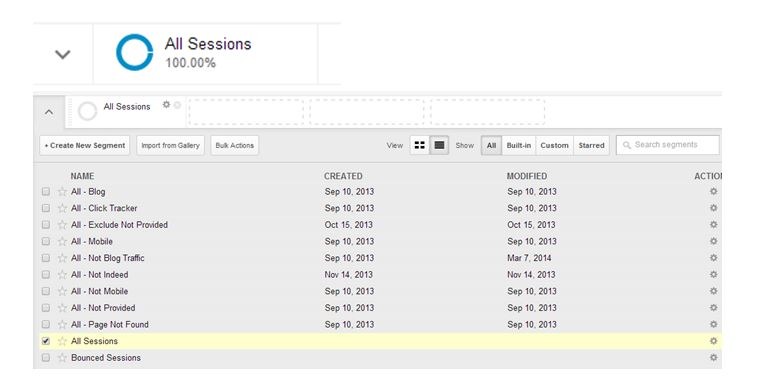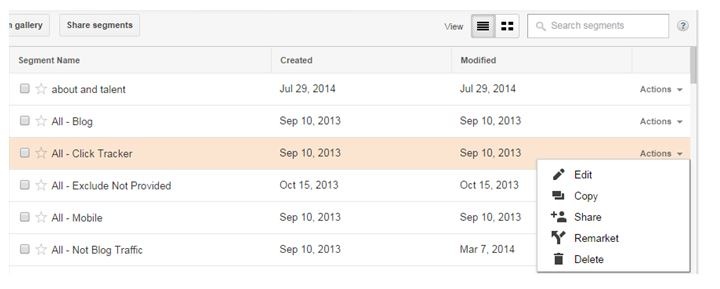Step-by-Step Guide to Remarketing
Even with great content and strong PR, search and social presences, most visitors do not convert the first time they visit your site. That’s where remarketing comes in.
After visiting a retail website, you may have noticed the company’s ad following you around the Web-on news articles, review websites and blogs. Although it looks like any other display ad, it’s actually a remarketing ad.
Remarketing is a popular technique to deliver targeted ads to people who have visited your website or mobile app. Through Google and Facebook (or other smaller providers), companies can customize their remarketing programs to deliver ads based on custom triggers and site behavior.
Technically speaking, remarketing campaigns use a piece of website code to identify users that have browsed your website. When the user visits another site in your ad network, the site displays a remarketing ad based on your preferences and settings.
Benefits of Remarketing Campaigns
Remarketing campaigns are a must-have for most business-to-business and technology companies. It’s extremely cost effective-you only pay for clicks and each click costs roughly $1.
But more importantly, remarketing allows you to reach a highly targeted audience and keeps prospects active in your marketing funnel. People visit your site because they are interested in your company or content. When you stay top-of-mind among these audiences with remarketing ads, you remind them about your company and give them another chance to convert.
How to Set Up Remarketing in Google
Before organizing your campaign, you must complete these two steps:
- Update your Google Analytics code to show Google that you are remarketing
- Associate your Google Adwords accounts with your Google Analytics account (you also must do this for Pay-Per-Click campaigns)
In Google Analytics, you will need to create segments that will serve as your remarketing lists:

Then, tell Google to make your segment a remarketing list:

From there, you can customize your settings and triggers for ads based on your unique audiences, goals and program requirements. It’s important to consider frequency capping settings. You don’t want to annoy your audience or come off as creepy by bombarding visitors with your ads.
Once your Google Analytics is set up for remarketing, it’s time to create your campaign in Adwords. When setting up your Adwords for remarketing, you will need to start a display campaign, enable remarketing and select the lists you want to include. You can also create custom combinations that allow you to remarket to multiple lists, such as visitors who did not convert.
Remarketing is a complementary tool that should be in your marketing playbook to help increase engagement, conversions and sales. Although anyone can set up remarketing campaigns, sophisticated remarketing campaigns for enterprises require a strong knowledge of Google Analytics and Adwords to maximize return on investment.
Now that you know the basics of remarketing, are there any questions you have about setting up your campaign or how remarketing supports a holistic digital marketing program? Fill out the form on this page – we’d love to hear from you!